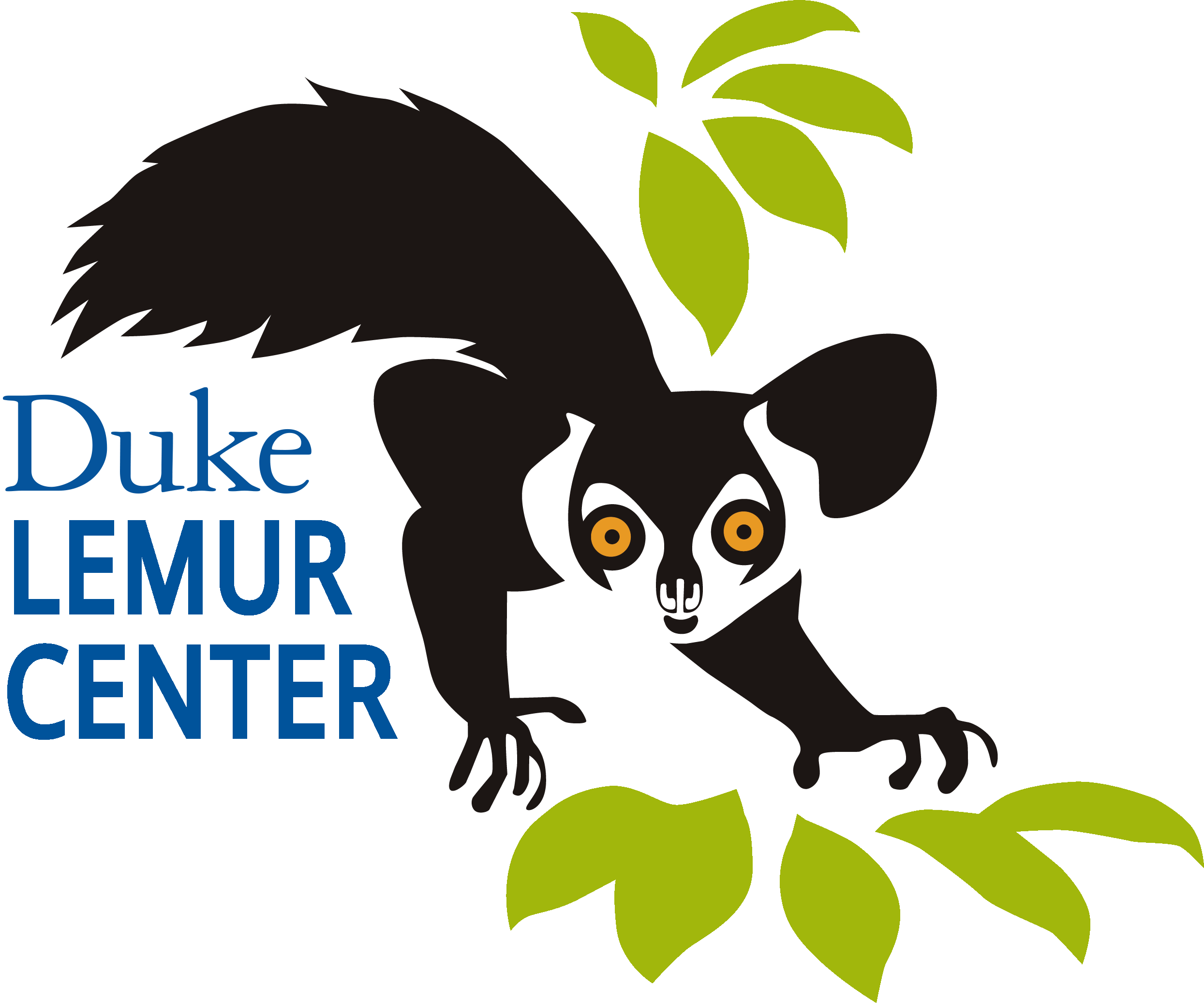Thank You, Donors! New ICU kennel purchased and installed
New intensive care kennel elevates tender loving care (TLC) of DLC’s lemurs Published June 4, 2019 When a lemur dies at the Duke Lemur Center, there is a great sense of loss felt by our family of keepers, veterinarians, and an extended circle of others, including visitors who’ve forged special connections with our animals. On […]

